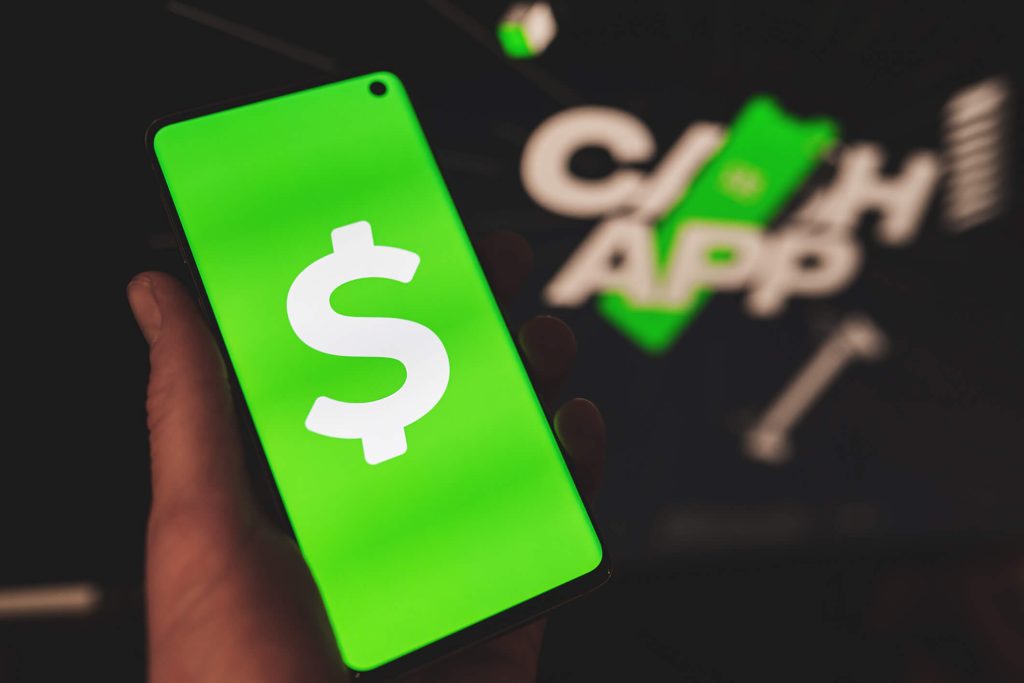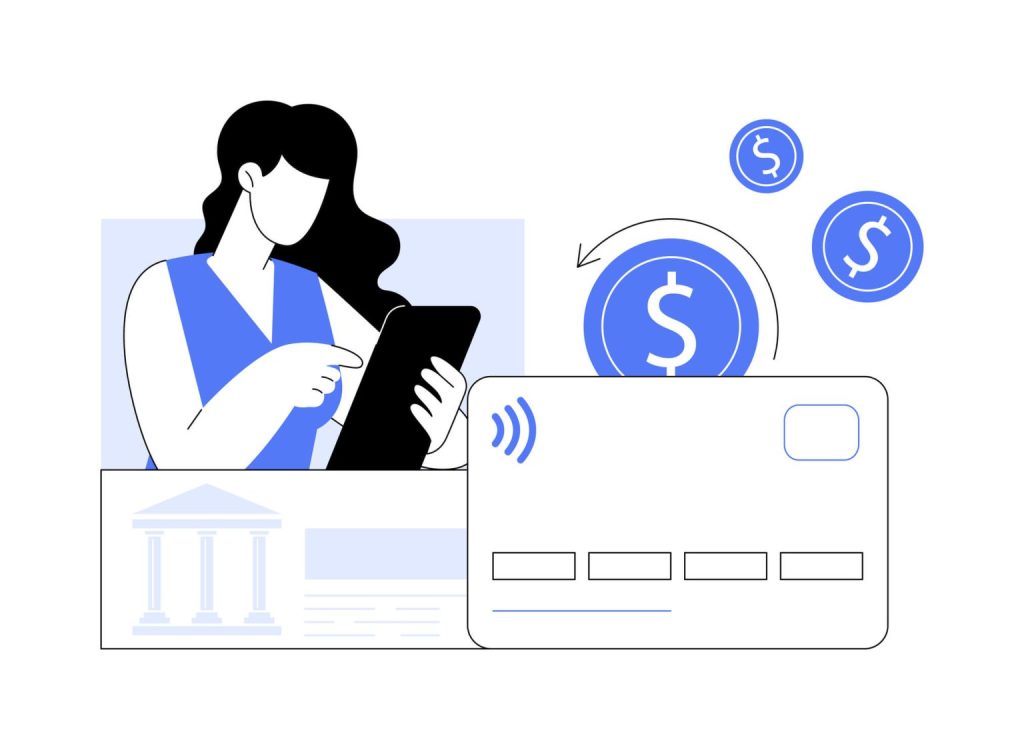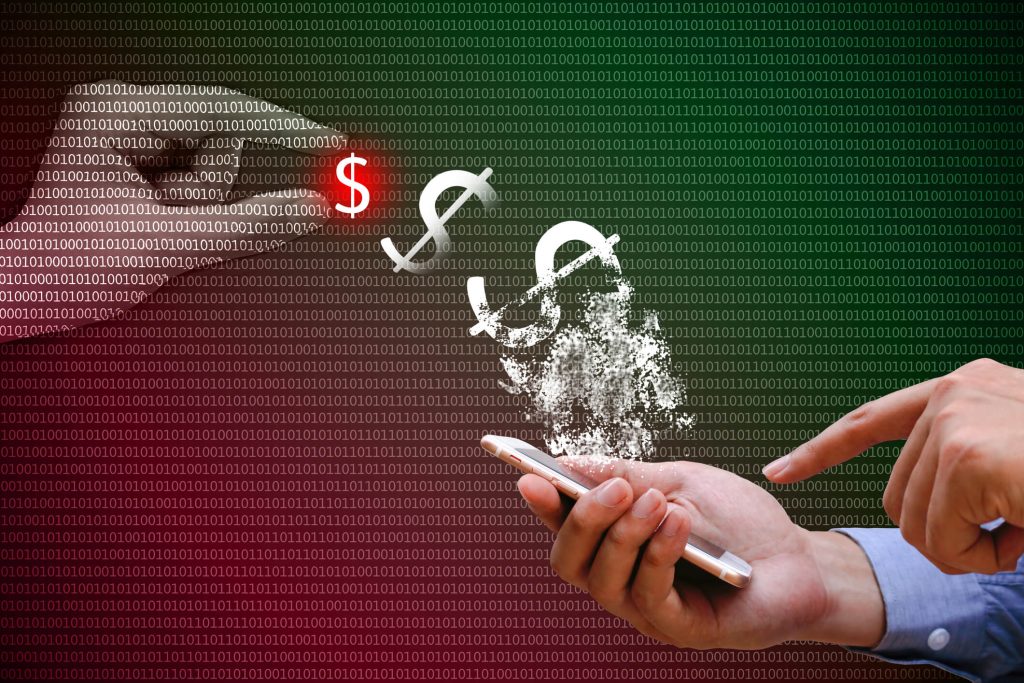Cash App is a popular peer-to-peer payment platform that allows users to send and receive money easily. However, like any financial service, it is not immune to chargebacks. Chargebacks occur when a customer disputes a transaction and requests a refund from their bank or credit card company. Chargebacks can be a headache for both merchants and customers, as they can result in financial losses and damage to reputation. In this comprehensive guide, we will explore how to avoid chargebacks on Cash App and ensure a secure and chargeback-free experience.
What is Cash App: A Comprehensive Overview

Explaining Chargebacks on Cash App: Definition and Process
Common Reasons for Chargebacks on Cash App
Chargebacks can occur for various reasons on Cash App. Understanding these common reasons can help Cash App users identify potential risks and take proactive measures to prevent chargebacks. Here are some of the most common reasons for chargebacks on Cash App:
1. Unauthorized Transactions
One of the primary reasons for chargebacks is unauthorized transactions. Users may dispute charges they do not recognize, suspecting their account has been compromised. This often results from stolen card information or unauthorized access to their Cash App account.
2. Fraudulent Activity
Fraud is a significant cause of chargebacks. This includes instances where users claim they never received the goods or services they paid for, or if they believe they were scammed by a seller on the platform.
3. Billing Errors
Billing errors such as duplicate charges, incorrect amounts charged, or charges for services not rendered can lead to chargebacks. Customers will dispute these charges if they notice discrepancies in their account statements.
4. Product Not Delivered or Not as Described
If a customer does not receive the product they paid for or the product significantly differs from its description, they may initiate a chargeback. This includes items that are defective, damaged, or not as advertised.
5. Customer Dissatisfaction
In some cases, a customer may be dissatisfied with the quality of the product or service and request a chargeback. While this is less common, it can happen if the seller fails to meet the customer’s expectations.
6. Subscription Cancellations
Recurring charges for subscription services that the customer has canceled can also lead to chargebacks. If a user believes they have terminated a subscription but continue to be charged, they may dispute these transactions.
7. Technical Issues
Technical problems with the Cash App itself, such as system errors or glitches that result in erroneous charges, can also be a reason for chargebacks. These issues can sometimes cause multiple charges for a single transaction.
How to Prevent Chargebacks on Cash App: Best Practices

While chargebacks cannot be completely avoided, there are several proactive measures Cash App users can take to minimize the risk of chargebacks. Here are some tips to prevent chargebacks on Cash App:
Verifying Transactions: Ensuring Legitimate Purchases
One of the most effective ways to prevent chargebacks is to verify transactions before completing them. Cash App users should carefully review all transaction details, including the recipient’s information, the amount, and the purpose of the transaction. If anything seems suspicious or unfamiliar, it is crucial to investigate further before proceeding with the transaction.
- Before initiating a transaction on Cash App, carefully review the recipient’s information, including their username or phone number. Ensure that it matches the intended recipient.
- Double-check the transaction amount to ensure it is accurate and matches the agreed-upon price.
- If the transaction is for a product or service, verify the details of the purchase, such as the quantity, description, and any additional terms or conditions.
- If you have any doubts or concerns about the transaction, reach out to the recipient directly to clarify any discrepancies or confirm the legitimacy of the transaction.
Communicating with Customers: Resolving Disputes Amicably
Effective communication with customers is crucial in preventing chargebacks. Cash App users should strive to maintain open lines of communication with their customers and address any concerns or issues promptly. By resolving disputes amicably and providing excellent customer service, Cash App users can minimize the likelihood of chargebacks.
- Respond to customer inquiries or concerns promptly. Aim to address any issues within 24-48 hours to prevent frustration or dissatisfaction.
- Listen attentively to the customer’s concerns and empathize with their situation. Show understanding and a willingness to resolve the issue to their satisfaction.
- Provide clear and concise explanations of any misunderstandings or discrepancies. Offer evidence or documentation to support your case, if applicable.
- If a resolution cannot be reached immediately, provide a timeline for when the issue will be resolved or when the customer can expect an update.
Setting Clear Refund Policies: Minimizing Chargeback Risks
Having clear refund policies in place can help minimize chargeback risks. Cash App users should clearly communicate their refund policies to customers before completing a transaction. By setting clear expectations and providing transparent information about refund eligibility and procedures, Cash App users can reduce the likelihood of chargebacks resulting from dissatisfaction with a product or service.
- Clearly outline your refund policies on your website, social media platforms, or any other channels where you interact with customers.
- Specify the conditions under which refunds are eligible, such as damaged or defective products, non-delivery of goods or services, or dissatisfaction with the quality of the product or service.
- Clearly communicate the refund process, including the steps customers need to follow to request a refund and the timeline for processing refunds.
- Provide multiple channels for customers to reach out for refund requests, such as email, phone, or a dedicated customer support portal.
Utilizing Fraud Detection Tools: Identifying Suspicious Activity
Cash App provides various fraud detection tools that can help users identify and prevent fraudulent activity. By utilizing these tools, Cash App users can detect suspicious transactions and take appropriate action to prevent chargebacks.
- Familiarize yourself with the fraud detection tools available on Cash App, such as transaction monitoring, anomaly detection, and identity verification.
- Enable these tools in your Cash App settings to ensure that they are actively monitoring your account for any suspicious activity.
- Regularly review the transaction history and account activity on Cash App to identify any unusual patterns or transactions.
- If you notice any suspicious activity, such as multiple transactions from different locations or unusual purchase amounts, contact Cash App support immediately to report the activity and take appropriate action.
Monitoring Account Activity: Staying Alert for Potential Chargebacks
Regularly monitoring your Cash App account for potential chargebacks is essential in preventing financial losses and minimizing the impact of chargebacks. By staying alert and proactive, Cash App users can identify potential chargebacks early and take appropriate action to resolve them.
- Set up notifications on your Cash App account to receive alerts for any transaction activity, including deposits, withdrawals, and refunds.
- Regularly review your transaction history and account activity to identify any potential chargebacks or suspicious transactions.
- Keep track of any customer inquiries or concerns related to transactions and address them promptly to prevent chargebacks.
- If you notice any discrepancies or unauthorized transactions, contact Cash App support immediately to report the issue and take appropriate action.
Step-by-Step Guide: Handling Chargebacks on Cash App
Managing chargebacks on Cash App can be straightforward if you follow the right steps. Here’s a comprehensive guide to help you navigate the process effectively.
- Gather Evidence: When a chargeback is initiated, gather all relevant evidence to support your case. This may include order details, shipping information, communication with the customer, and any other documentation that proves the transaction was legitimate.
- Respond to the Chargeback: Once you receive a chargeback notification, respond promptly with the gathered evidence. Clearly explain your side of the story and provide any additional information that supports your case.
- Collaborate with Cash App: Work closely with Cash App’s support team to resolve the chargeback dispute. Provide them with all the necessary evidence and communicate any updates or developments in the case.
Understanding Cash App’s Dispute Resolution Process
Cash App has a dispute resolution process in place to handle chargebacks. When a chargeback is initiated, Cash App will investigate the claim and review the evidence provided by both the merchant and the customer. If the evidence supports the merchant’s case, the funds will be returned to the merchant. However, if the evidence favors the customer, the funds will be returned to them, and the merchant may be liable for any associated fees.
Frequently Asked Questions (FAQs) about Chargebacks on Cash App
Q.1: Can I dispute a chargeback on Cash App?
Answer: Yes, merchants have the option to dispute chargebacks on Cash App. It is important to provide all relevant information and evidence to support the merchant’s case.
Q.2: How long does it take to resolve a chargeback on Cash App?
Answer: The resolution process for chargebacks can vary depending on the complexity of the case. It may take several weeks or even months to reach a resolution.
Q.3: Can I prevent chargebacks by using Cash App’s Seller Protection?
Answer: Cash App does not currently offer a specific seller protection program. However, by following the tips mentioned in this guide, merchants can reduce the risk of chargebacks.
Conclusion
Handling chargebacks on Cash App can be a challenging process, but by understanding the reasons behind them, implementing preventive measures, and following the appropriate steps, merchants can effectively manage and resolve chargeback disputes. Clear communication, secure transactions, and prompt customer service are key in preventing chargebacks. By gathering evidence and collaborating with Cash App’s support team, merchants can increase their chances of successfully resolving chargeback disputes. Ultimately, maintaining a positive customer experience and addressing concerns promptly can help minimize chargebacks and foster long-term customer relationships on Cash App.
